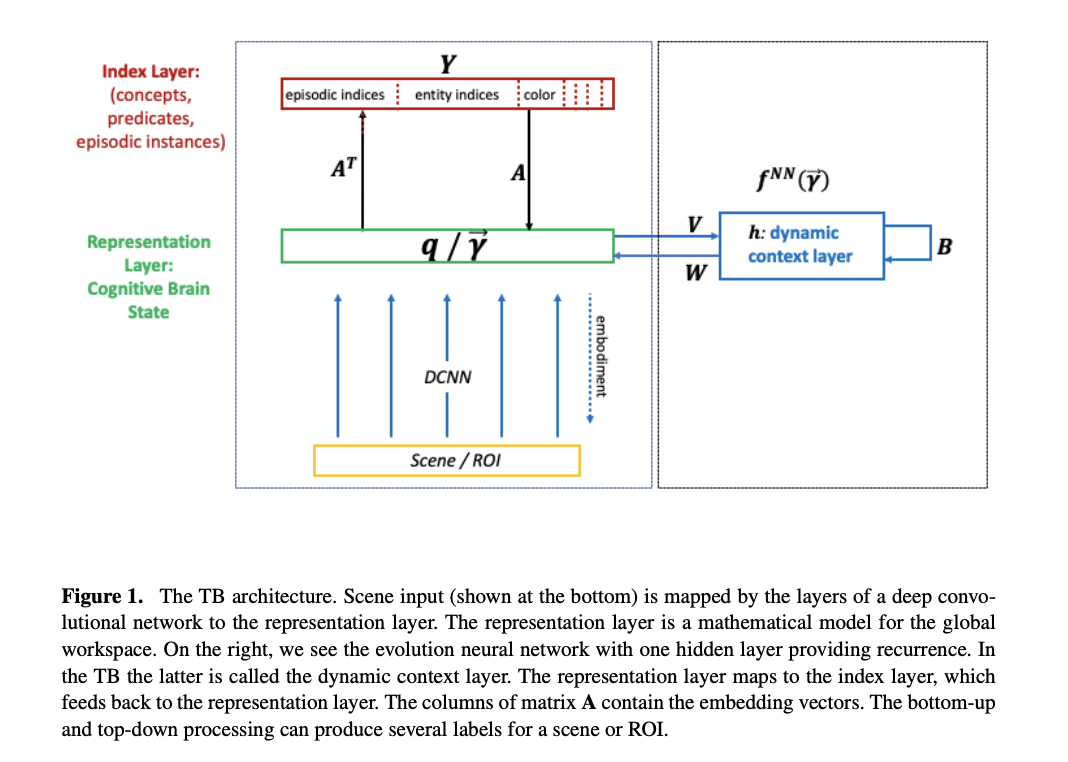
Practical Solutions and Value of the Tensor Brain Model
Tensor Brain Model Overview
In the fields of neuroscience and Artificial Intelligence (AI), the tensor brain model aims to mimic human cognition by integrating symbolic and subsymbolic processing.
Key Components of the Model
The tensor brain consists of the representation layer and the index layer, which form the basis for replicating human cognition.
Representation Layer
The representation layer handles nonverbal brain operations and serves as the brain’s dynamic stage for cognitive functions.
Index Layer
The index layer acts as the symbolic dictionary, encoding subsymbolic processes into symbolic labels for memory and cognition.
Operational Modes
– Bottom-Up Operation: Encodes cognitive brain states into symbolic labels.
– Top-Down Operation: Decodes symbols back into the representation layer.
Embedding Vectors
Unique signatures representing connection weights between symbols, enhancing reasoning and decision-making capabilities.
Model Features
– Multimodal nature for integrating various inputs.
– Attention system to focus on relevant information.
– Multiplexing mechanism for multitasking.
Reasoning Types
– Embedded reasoning: Quick, instinctive processing.
– Symbolic reasoning: Slower, deliberate processing for language and inferences.
Value of the Model
Provides insights into combining perception, memory, and thinking for advanced reasoning and natural language processing.
AI Implementation Tips
– Identify automation opportunities.
– Define measurable KPIs.
– Select appropriate AI solutions.
– Implement gradually with pilot projects.
Connect with Us
For AI KPI management advice, contact hello@itinai.com. Stay updated on AI insights via Telegram t.me/itinainews or Twitter @itinaicom.
























